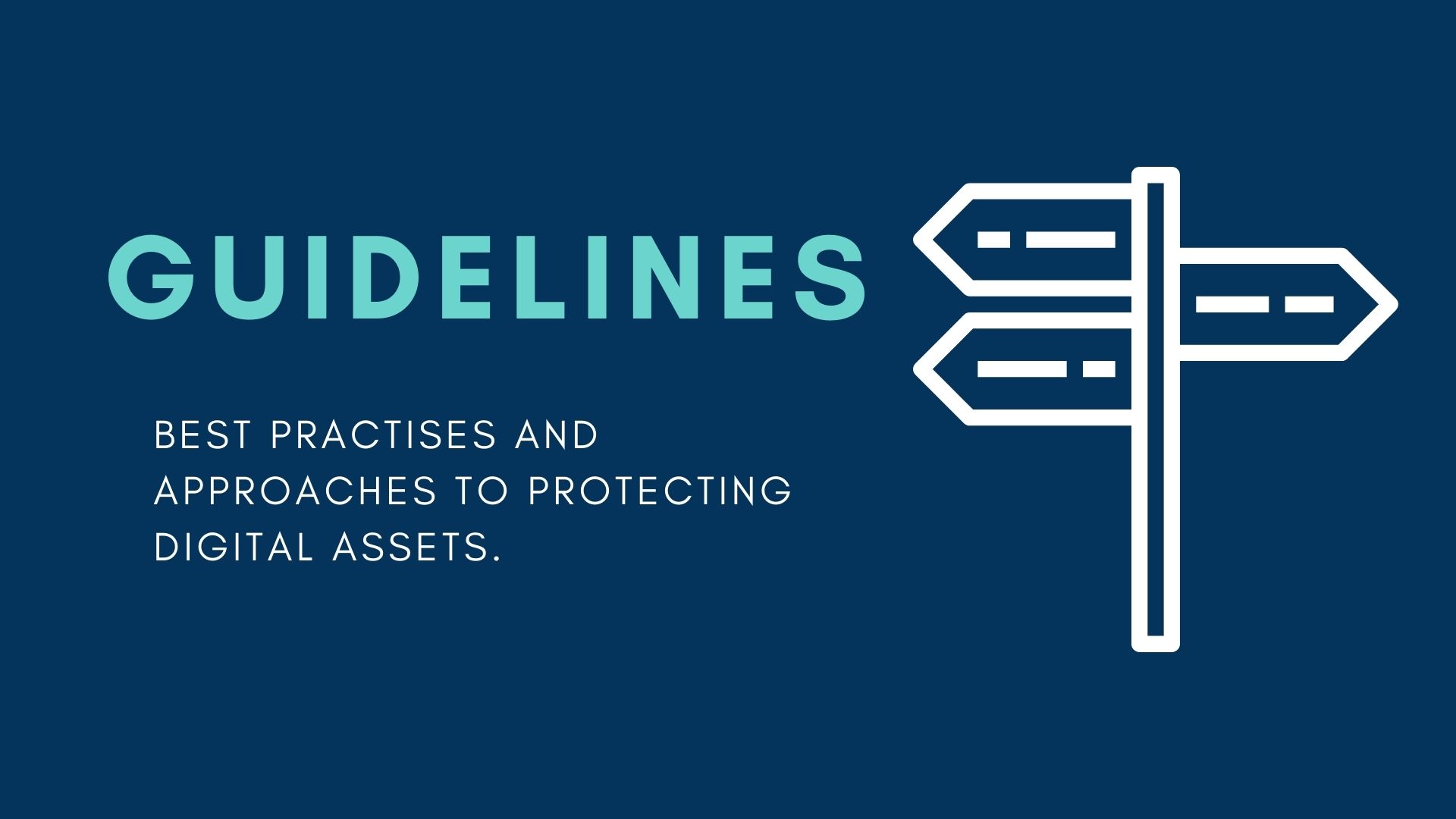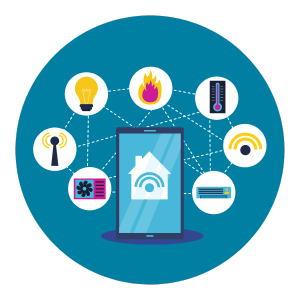Search U of T’s information security guidelines

Overview
Guidelines are best practices and approaches to protect digital assets based on U of T’s information security standards. They provide guidance to the U of T community on implementing practices that mitigate security risks.

Vulnerability management guidelines
Vulnerability management is a process by which identified vulnerabilities are tracked, evaluated, prioritized and managed until the vulnerabilities are remediated or otherwise appropriately resolved. These guidelines ensure that appropriate actions are taken to reduce the potential that these vulnerabilities are exploited.



